

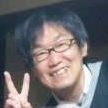
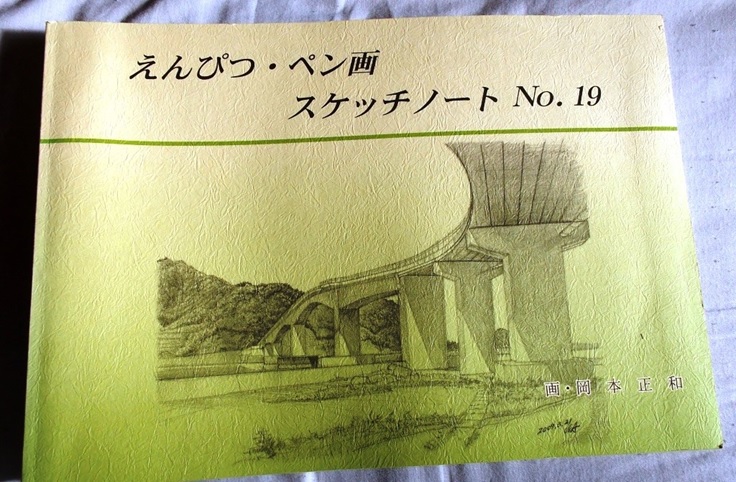
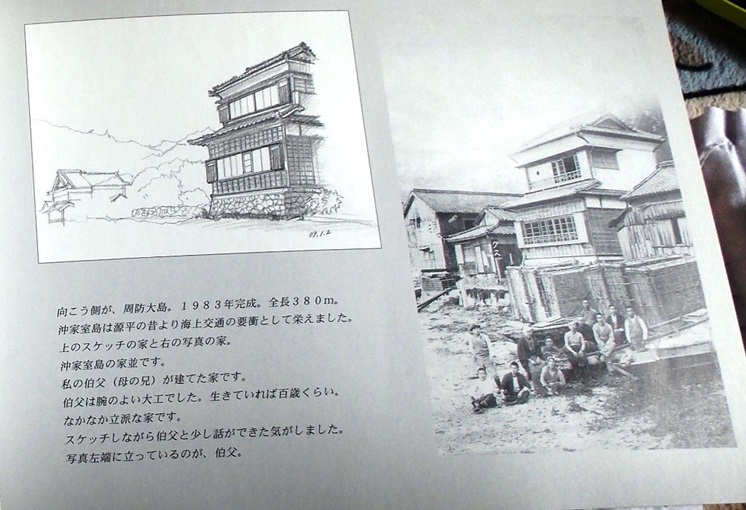
Even so, it's interesting to meet someone. A guest who stayed the other day, Mr. Masakazu Okamoto, a painter and the author of this picture book. He said he had already visited Okikamuro many times and sketched the bridges and buildings. This is our first meeting. Actually, this art book has been in this ‘Tai no Sato’ guest house for a long time. A few years ago, when a family of elementary school teachers in the prefecture who often use ‘Tai no Sato’ stayed, He handed it over to me, saying, “A colleague asked me to give this picture book to Mr. Matsumoto of Tai no Sato.'' I hoped to thank his colleague in person. And on that day, after the food was served, he asked me to drink with him. While chatting and drinking, he suddenly took out this art book.
"Eh, is this art book written by Mr. Okamoto?"
"Yes. It's me. The house I sketched was built by my uncle."
I was surprised. The person I wanted to meet someday was the person in front of me.
The house that his uncle built is "Kunsan-So", which is used as a guest house on the island. This building was originally built as a villa for the man who made a fortune trading Korean ginseng during the era of Japanese rule on the Korean Peninsula. A mansion with the best of Choshu carpenters. Mr. Okamoto's uncle who built this was also a carpenter from Komatsu.
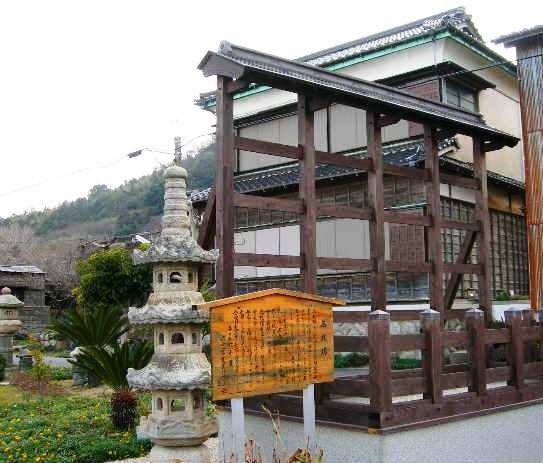
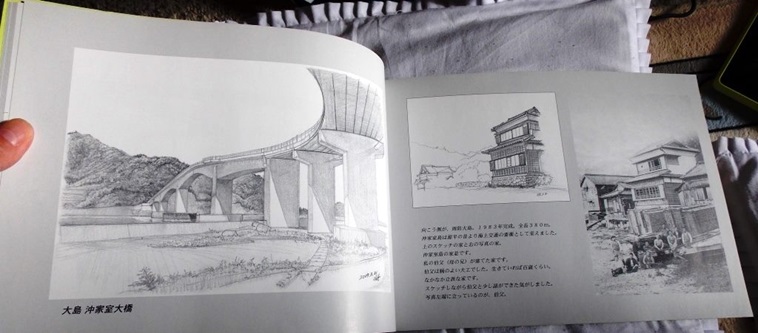
This building is managed by Hakuseiji Temple, which has been entrusted to the residents' association upon a request from the family to "use it on the island." It was named Kunsan-so after Kunsan in North Korea, where the family did business. A true cultural asset. As the island's guest house, various cultural figures and celebrities have savored delicious sake while gazing at the scenic view below. About 50 people gathered at the gathering to surround the late Wahei Tatematsu. Mr. Nainoa Thompson, the traditional navigator and captain of the Hokule'a, and his crew were also welcomed here.
The collection also includes old photographs. This is also published in the Towa town magazine. The place is where the current ‘Kosatsuba’ (Edo government message board ) is, and this is interesting. Probably around the beginning of the Showa era. The beach is below the house. It is now a roadway. There are people in the photo, and it seems that one of them is Mr. Okamoto, a carpenter. Behind it is a bamboo cage. It's called Dumbe. Until around 1965, this was used as a landing place. There is a sign on the left that says medicine. It used to be Hoshi pharmacy, but it is now a vacant lot. Seaweed is dried on the fence below. This island used seaweed as fertilizer. Although the family's house (Kunzan-So) was later repaired due to typhoons and other factors, its old-fashioned, majestic appearance has not diminished to this day
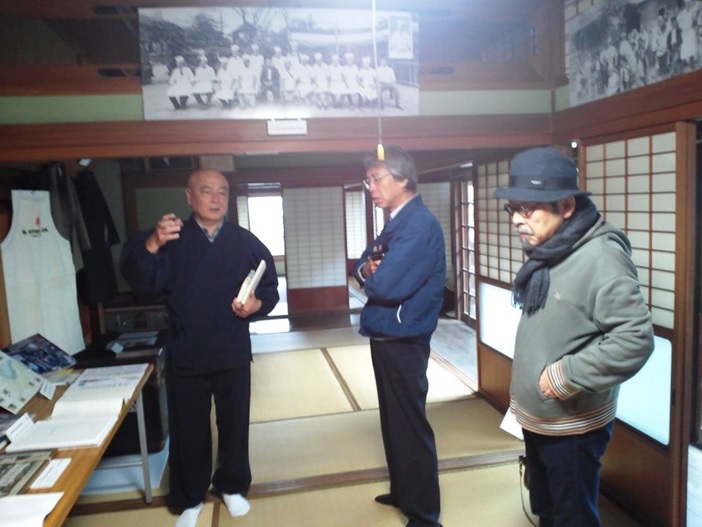

On the next day, I guided the guests to Kunsan-So. Priest Niiyama was also here, and he explained that it is currently being used as a "seaside museum" exhibiting materials about immigrants to Hawaii, and how the house was built. “It fills me with joy when I think that the house was built by my uncle and is still being used with care by the islanders,” said Mr. Okamoto with deep emotion as he rubbed the pillars.
Okamoto's other three people are also amazing. One is Mr. Nagatomi, who is a reporter for Ube Nippo and supports Mr. Nagatoshi Sakamoto, who plays Tsuneichi Miyamoto's "Tosa Genji" in a one-man play. He is also the publisher of "Tosa-Genji Tsushin". It was the first time with Nagatomi since the Tosa Genji Iwakuni performance in 2014. He also heard a rich story about Tosa Genji. The other is Mr. Yoshidome, director of the Doigahama Historic Ruins Museum. The other is a photographer from Tokyo (I forgot to ask his name!(^^;)!)
It is this job that cannot be stopped because of such things.
Shoji Matsumoto